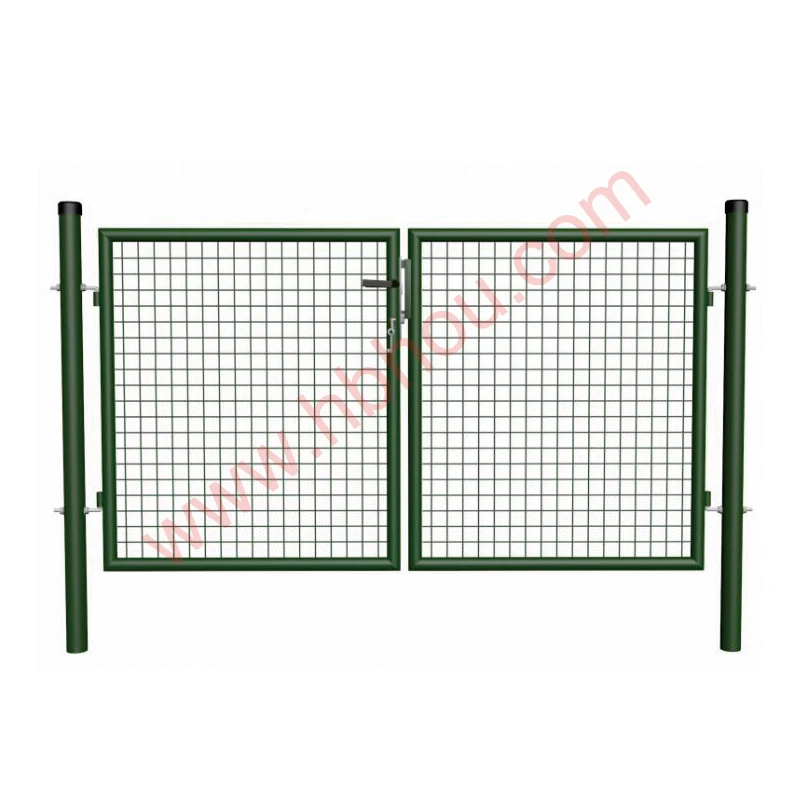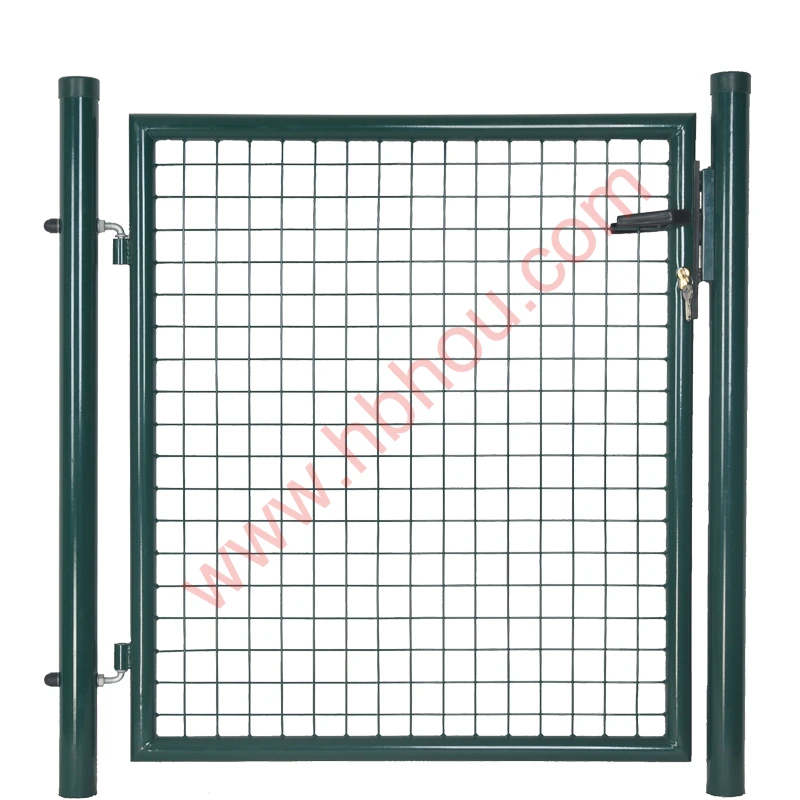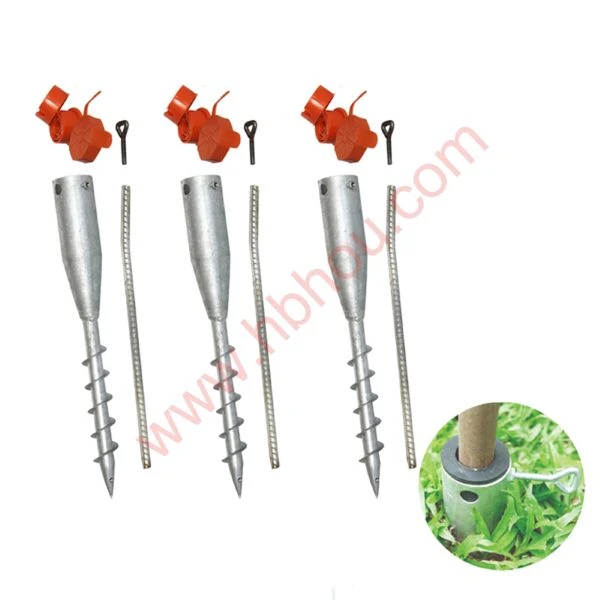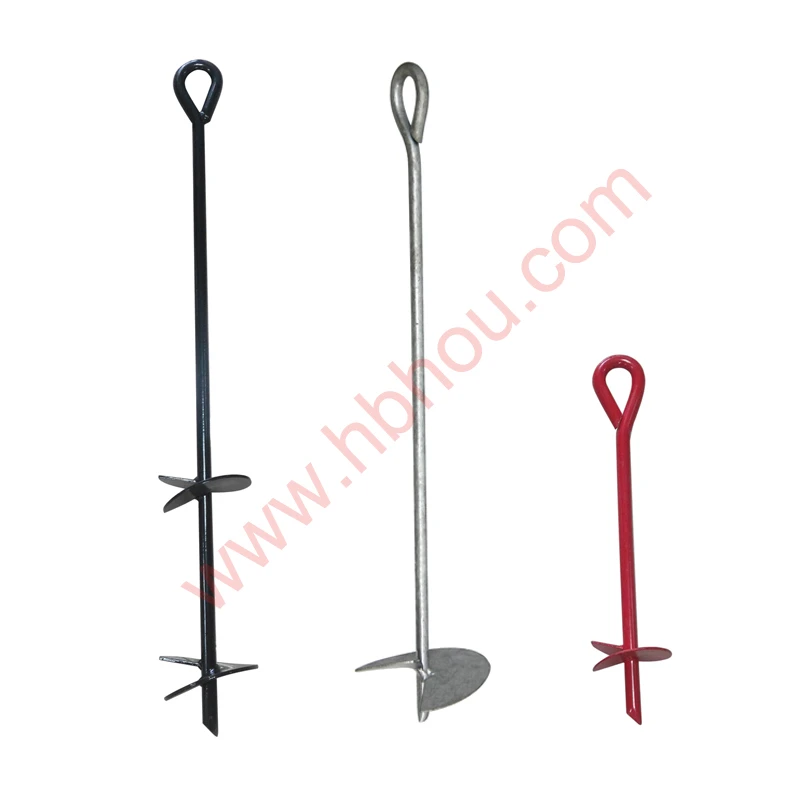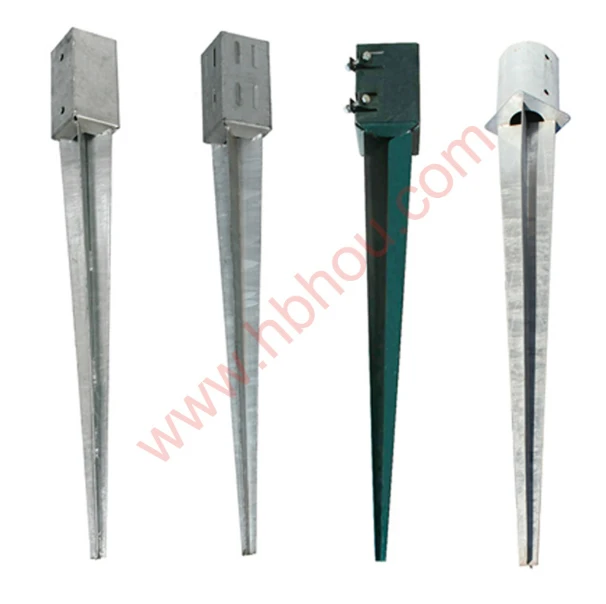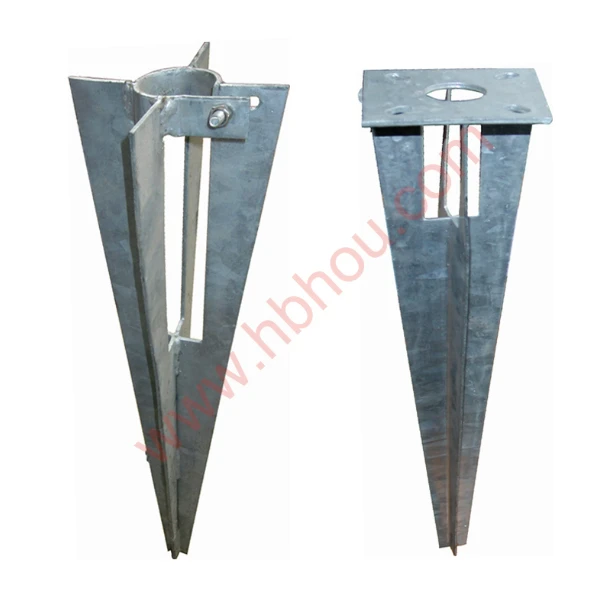Understanding Fencing Wire Price Per Kilogram A Comprehensive Guide
Fencing serves as an essential barrier for various purposes, whether it’s to protect agricultural land, secure residential properties, or facilitate recreational spaces. A critical component in erecting a fence is the fencing wire, which comes in various materials, sizes, and types. When considering the purchase of fencing wire, one of the most pertinent aspects for buyers is the cost, often presented as a price per kilogram.
Factors Influencing Fencing Wire Prices
1. Material Type Fencing wire can be made from several materials, each possessing unique properties that impact pricing. Common options include galvanized steel, stainless steel, aluminum, and even plastic-coated wire. Galvanized steel, renowned for its corrosion resistance, generally has a competitive price point, while stainless steel is typically more expensive due to its strength and durability. The material you select will significantly influence the cost per kilogram.
2. Wire Gauge The thickness of the wire, indicated by its gauge, is another crucial factor affecting the price. Thicker wires generally cost more due to the increased amount of raw material used. A wire gauge of 12 or 14 is common for agricultural fencing, while 16 or 18 might be more suited for residential or temporary fencing. Buyers need to assess the intended use to choose the appropriate gauge, balancing between strength and cost.
3. Length and Roll Size Fencing wire is available in various lengths and roll sizes. Bulk purchases, such as larger rolls, often reduce the cost per kilogram, making it more economical for larger projects. Conversely, smaller rolls may have a higher per-kilogram price due to increased packaging and handling costs. Understanding your project's requirements can help in choosing the most cost-effective option.
4. Coating and Finishing Some fencing wires come with additional coatings, such as PVC or powder coating, designed to enhance corrosion resistance and aesthetics. These coatings can add to the overall cost but may yield savings in the long run due to reduced maintenance and replacement needs.
5. Market Demand and Supply Like many commodities, the price of fencing wire is also influenced by market dynamics. Fluctuations in demand, supply chain disruptions, or imported material costs can affect local prices. It’s wise to keep an eye on these trends, especially if you’re considering a bulk purchase.
fencing wire per kg
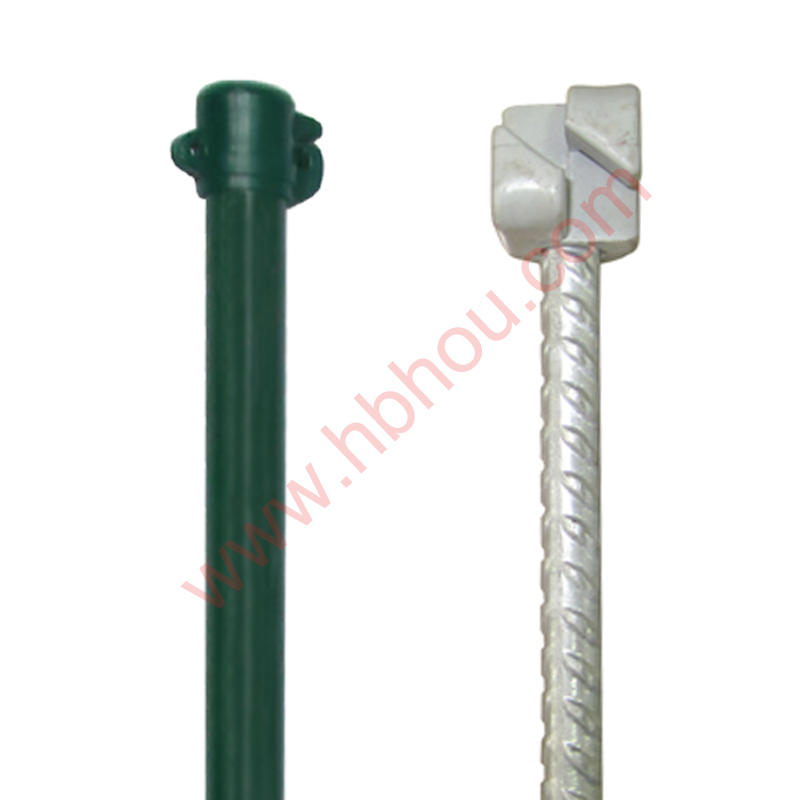
Calculating the Cost
To calculate the cost of fencing wire per kilogram, buyers should first determine the total weight of the wire they intend to purchase. This can typically be found on the packaging or product specifications. For example, if a 100-meter roll weighs 5 kg and costs $50, the price per kilogram can be calculated as follows
\[ \text{Price per kg} = \frac{\text{Total Cost}}{\text{Total Weight}} = \frac{50}{5} = 10 \text{ USD/kg} \]
Using this method allows you to compare prices effectively across different suppliers and materials.
Where to Buy Fencing Wire
Fencing wire is available from a variety of sources, including local hardware stores, agricultural supply stores, and online retailers. Each option provides distinct advantages. Local stores allow for immediate purchase and potentially lower shipping costs, while online retailers may offer a wider selection and competitive pricing.
Conclusion
Understanding the price of fencing wire per kilogram can empower buyers to make informed purchasing decisions. By considering factors such as material, wire gauge, roll size, and market conditions, consumers can confidently select the most suitable fencing wire for their needs. Remember to compare prices from different suppliers and factor in logistics to find the best deal. Ultimately, investing time in researching and understanding the cost of fencing wire will lead to more successful and economical fencing projects, ensuring that properties remain secure and well-defined for years to come.









